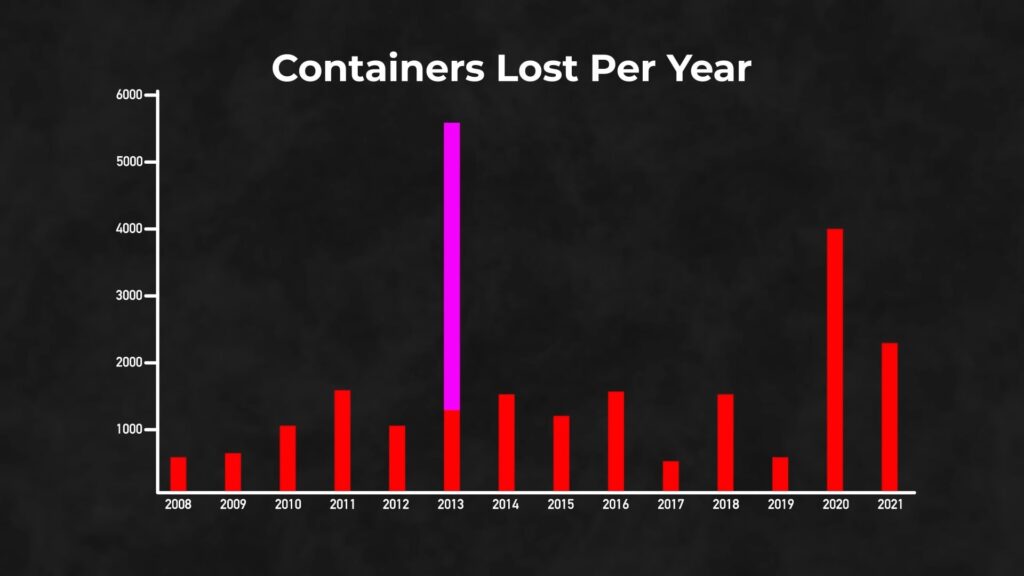What Happens to the Containers Dropped by Cargo Ships?
Navigating tumultuous seas, cargo ships frequently encounter formidable weather conditions, leading to the loss of thousands of containers. The mystery of these colossal metal boxes as they voyage across the ocean remains a topic of fascination and intrigue. While the maritime history is replete with dramatic tales shaped by rough weather, the disappearance of these containers leaves many questions unanswered.
On average, about 1,500 containers are lost at sea each year, according to data from the World Shipping Council. Understanding what happens to these containers after they vanish from the decks of ships is a question that both logistics experts and the public alike want to answer.
Key Takeaways
- Ships can lose hundreds to thousands of containers due to severe weather conditions.
- Containers are designed to be airtight, not watertight, impacting their buoyancy and likelihood to remain afloat.
- The only chance for a shipping container to stay above water for an extended period is if it contains cargo with sufficient buoyancy.
The Complex Reality Behind the Buoyancy of 12-Meter Shipping Containers
While one might initially think that the standard 12-meter shipping containers could float, the reality is much more complex. These containers need to displace 69 cubic meters of water and weigh over 70 tons to sink, which is well above the weight limits applied at any point in the transportation chain.
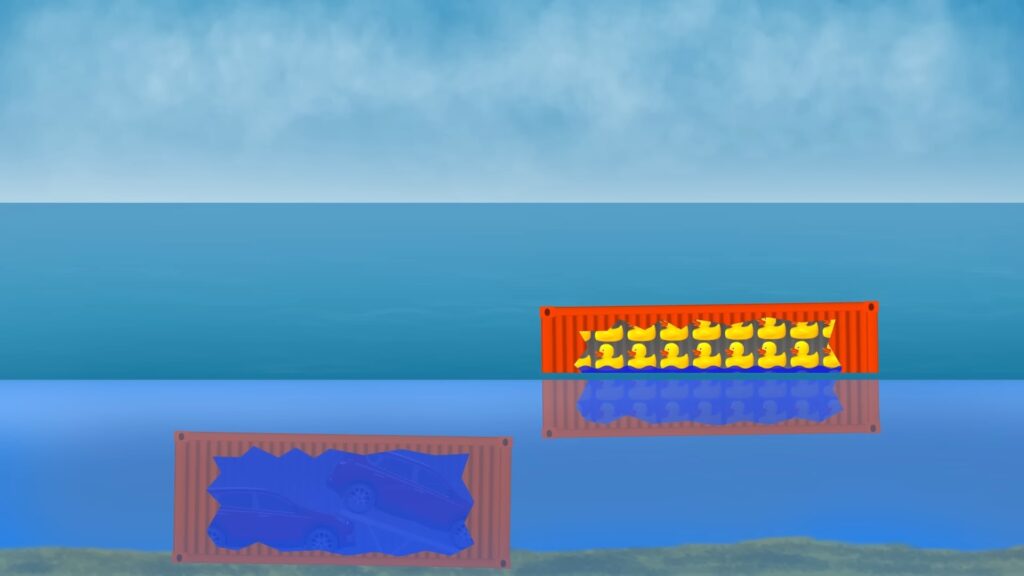
Photo : Casual Navigation
In practice, the likelihood of a container sinking intact and undamaged is quite low. Collisions with other containers or the ship itself can lead to significant breaches. Even if the container remains intact after falling off the ship, the movement of the cargo inside can cause damage, leading to eventual submersion.
As it stands, containers are ultimately destined to sink. Notably, the fact that, on average, approximately 12,000 containers are submerged in the ocean depths poses a significant issue, especially considering the potential harm to marine ecosystems from their metal structures.
Container Integrity and Maritime Conditions
Containers are constructed to be airtight rather than watertight. When these structures fall into the ocean, their seals can degrade quickly, allowing even minute breaches to let in water. It’s critical to consider the buoyancy imparted by the cargo rather than viewing the container as a sealed unit capable of floating.
- Marine Mishaps: Incidents of containers lost at sea impact the buoyancy of vessels.
- Sinking Hazards: The risk of sinking increases with seal integrity loss.
- Cargo Overboard: Factors such as weather patterns and parametric rolling can thrust containers overboard.
- Vessel Safety: Investigations into mishaps emphasize the need for maintaining container integrity against harsh weather.
Cargo Containers and Buoyancy: Staying Afloat by Design
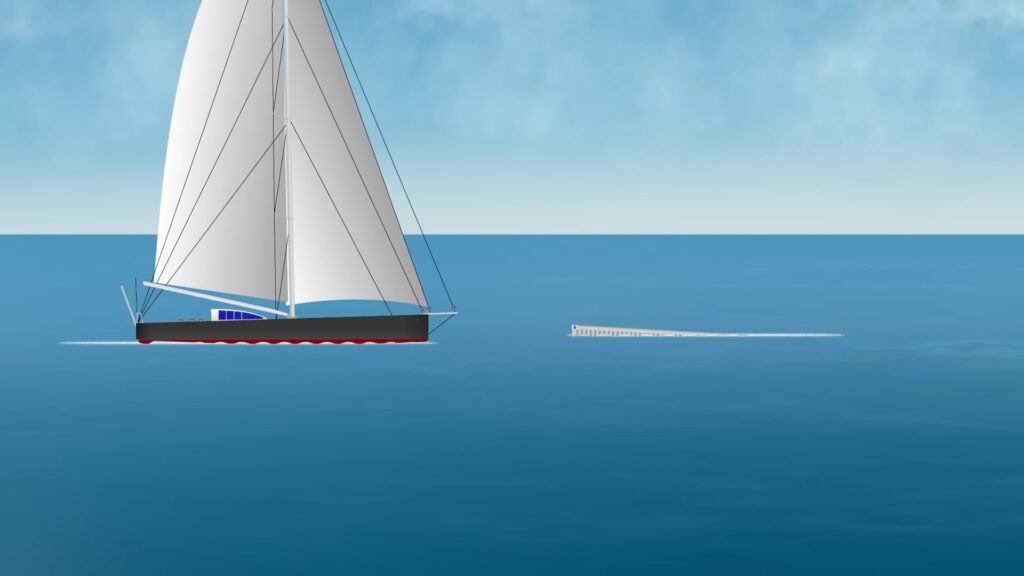
Photo : Casual Navigation
When containers are lost at sea, they may occasionally remain afloat if their buoyancy outweighs the gravitational forces pulling them downward. These floating objects, often mistaken for unidentified floating objects (UFOs) by yacht captains, represent a relatively infrequent occurrence.
- Lost Containers: Rare cases of buoyancy allow them to stay surfaced.
- Hazards: Concerns arise from containers that sink, possibly containing plastic or hazardous materials.
- Pollution: Sunken containers contribute to pollution in the Pacific Ocean and other waters.
The underlying issue is not the sighted containers but those unseen beneath the waves, potentially impacting marine ecosystems through pollution and hazardous spills.
Frequently Asked Questions
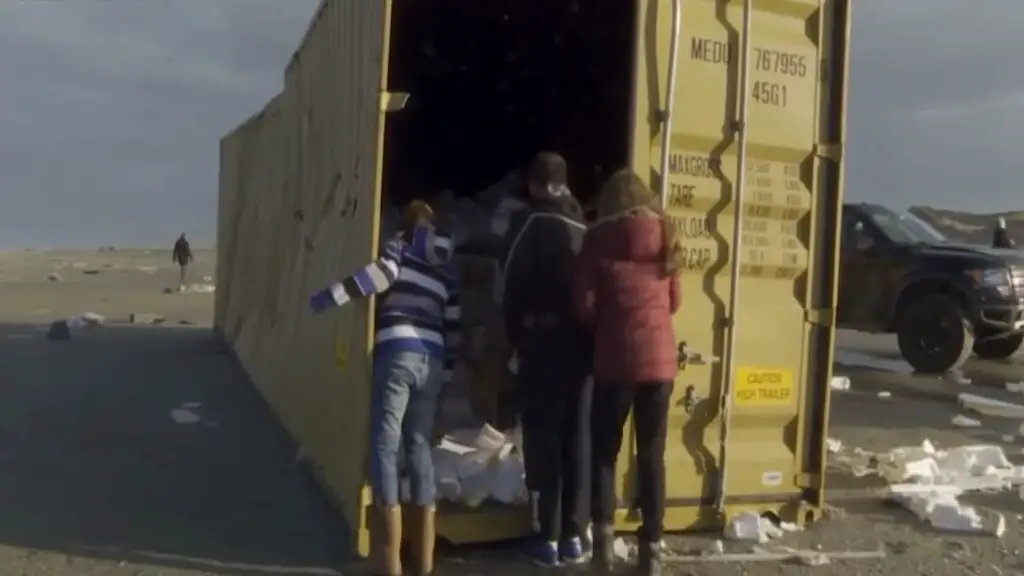
Photo : NAVY Productions
Tracking and Reporting Lost Sea Cargo
Shipping companies utilize various systems to track and report containers that are no longer aboard vessels. When a container is lost, the event is typically reported to maritime authorities. This includes details such as the time of the incident, last known location, and the contents of the container. Tracking technology such as GPS and RFID tags can help in reporting the precise location where the container was lost.
Impact of Submerged Containers on Marine Environments
Environmentally, submerged containers can significantly affect marine ecosystems. They may:
- Release toxic substances, harming marine flora and fauna.
- Damage coral reefs upon impact.
- Create “ghost fishing” scenarios where marine life is trapped.
The materials from which containers are made can persist in the environment, posing long-term ecological challenges.
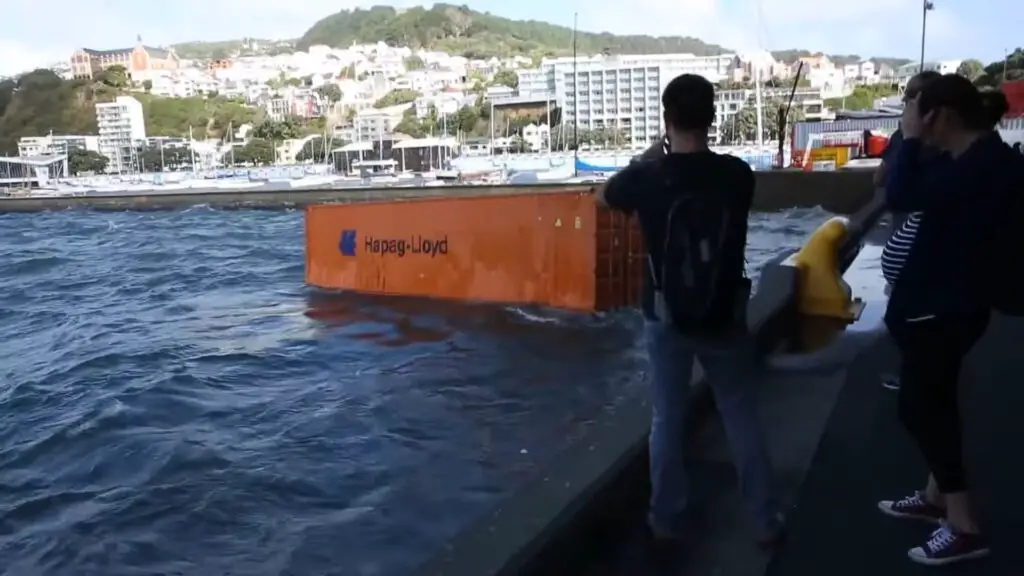
Photo : NAVY Productions
Recovery Techniques for Ocean-Displaced Containers
The recovery of containers lost at sea involves:
- Sonar to locate containers on the ocean floor.
- Remotely operated vehicles (ROVs) for deep-water recovery.
- Cranes and salvage vessels for retrieval to the surface.
However, recovery is often deemed too costly and can be hazardous, limiting the number of containers retrieved.
Commonly Lost Cargoes from Ships
Certain types of cargo are more prone to being lost at sea due, especially those improperly secured or stowed. These often include:
- Lightweight goods susceptible to being washed away.
- Hazardous materials that may require special stowage.
- Perishables that present a higher economic loss.
Navigation Hazards from Ocean-Lost Containers
Lost shipping containers can become significant hazards for maritime navigation. They can float just below the surface, making them nearly invisible to ships, potentially causing severe damage upon collision.
Container Spillage Prevention in Maritime Shipping
Shipping companies take multiple preventive measures to mitigate the risk of container spillage, including:
- Improved stowage planning.
- Regular checks on lashing and securing equipment.
- Adhering to weight limits and distribution guidelines.
- Training for crew members on safety and emergency procedures.

